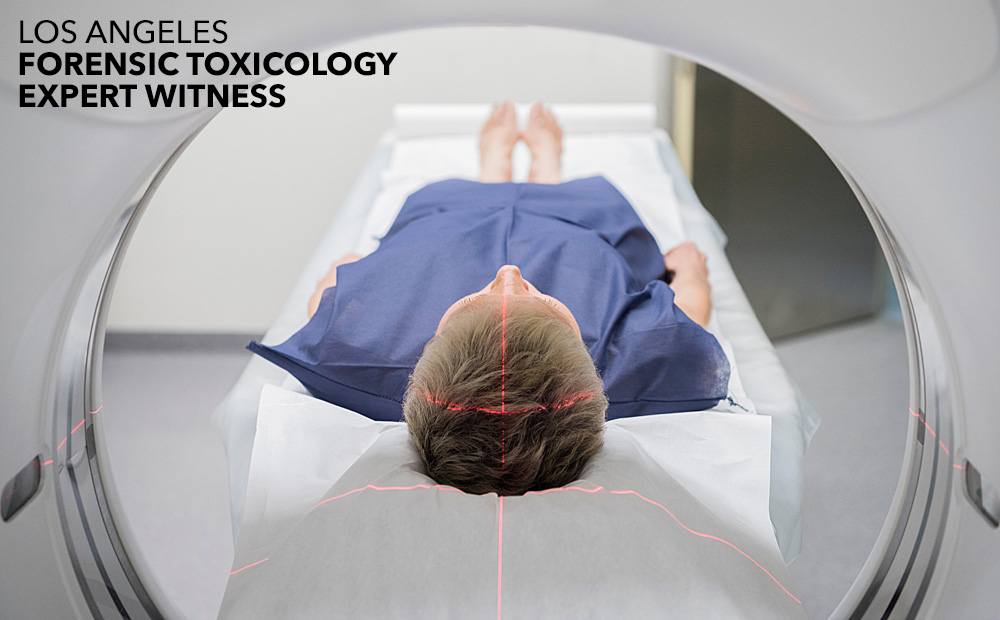Advances in Tools For the Forensic Toxicologist

Forensic toxicology is a field, while scientific and accurate, that is also fraught with contention. There are several reasons for this, notably due to biological samples that can give different results, false positives, and the existence of costly forensic toxicology equipment that is not always entirely reliable. Considering the necessity for accurate testing in this field, particularly due to the legal implications of toxicology results and forensic toxicologists often being called on as expert witnesses in the court of law, advances in tolls for forensic toxicologists is of the utmost importance.
The Game Changer: Compact Magnetic Resonance Imaging System
Introducing the latest invention making waves in the field of forensic toxicology, the compact magnetic resonance imaging system. This machine is designed to improve the efficacy and accuracy of preclinical and investigative toxicology studies.
How is the Compact Resonance Imaging System outperforming current modes of testing?
-
Its faster
This new technology will provide results in a far more rapid timeframe
-
Its more ethical
The Compact Resonance Imaging System not only optimizes processes in a timely manner, but provides results that can be translated to the clinical setting, reducing the number of study animals needed in testing
-
It can be used in a clinical setting, too
As mentioned above, the data gleaned from the Compact Resonance Imaging System can provide an approach that can be used in clinical settings
-
Its more cost-effective
The affordability of equipment in forensic toxicology has always been a deterrent in the field, which is why creating less costly modes of testing will optimizes processes
-
Its more accurate
Accuracy is the most volatile topic in toxicology and toxicology pathology. As mentioned before, false positives and the unreliability of equipment and biological samples or even ambivalent results creates an urgent need for more reliable data
-
It offers multiple capabilities
The Compact Resonance Imaging System is the all-inclusive app for forensic pathology, not only providing X-Ray, ultrasound, and preclinical imaging modalities. Its other capabilities include MRI, microcomputed tomography, micro positron emission tomography, in vivo optical imagine, and single-photon emission computed tomography (Yuval Ramot, n.d.)
How Compact Magnetic Resonance Imaging System’s new capabilities are transforming preclinical testing and investigative toxicology studies
-
Magnetic Resonance Imaging and its relation to drug development
This form of technological is set to have a highly promising impact on animal studies and preclinical research. The use of imaging allows for digital slices of an entire subject to be made, while leaving the subject in question intact and unharmed.
-
Self-contained MRI Systems
There have always been great advantages to using MRI in these situations, but they have been marred by the purchase price as well as the operating and maintenance costs. There have also been widespread logistical issues and safety concerns.
-
MRI Imaging
This relates to how MRI results can be translated to other settings because of proof-of-principle studies in a variety of scenarios.
There can be no doubt the invention of the multifaceted Compact Magnetic Resonance Imaging System will not only enhance current preclinical drug testing, evaluation, and efficacy, but also be able to bring its cost-effective advancement to more labs and those working in the field of forensic toxicology and pathology than ever before.
The content of this article is provided by Connectica, LLC and has not been reviewed by a toxicology expert witness




